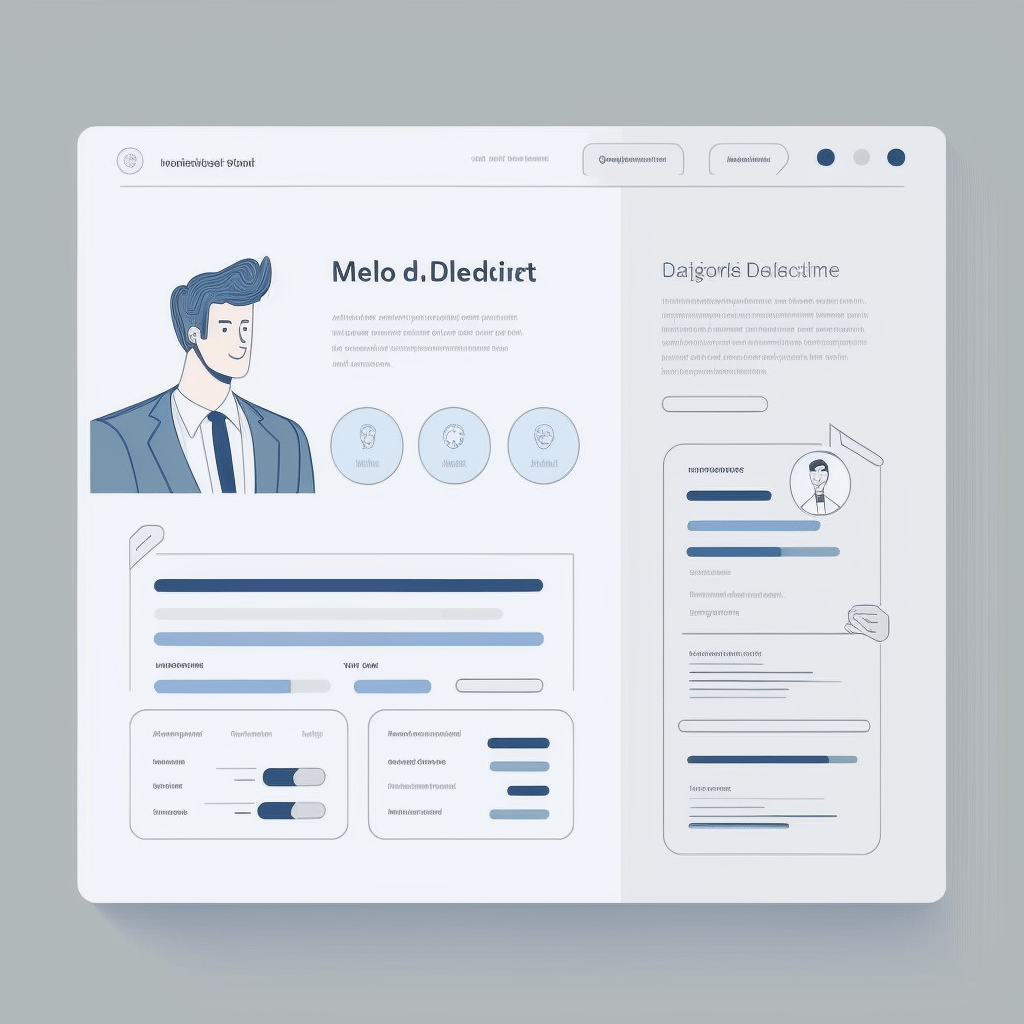What Are HTTP Status Codes?
HTTP status codes are three-digit numbers that provide information about the outcome of an HTTP request. These codes are essential for both developers and SEO professionals, as they help diagnose and fix issues that may affect user experience and website performance. In this blog post, we’ll explore some of the most common HTTP status codes, including 201, 301, and 404, and share tips on how to handle them effectively. So, let’s dive in!
1. HTTP Status Code 201: Created
What does the 201 status code mean?
The HTTP 201 status code signifies that a new resource has been successfully created in response to a client’s request. This code typically appears after a POST request, which is used to submit data to a server for processing and creating new resources.
How to handle the 201 status code:
Since the 201 status code indicates a successful operation, no further action is required on your part. However, it’s essential to ensure that the newly created resource is accessible and functions correctly.
2. HTTP Status Code 301: Moved Permanently
What does the 301 status code mean?
The 301 status code indicates that the requested resource has been permanently moved to a new location. This code is often used in SEO when implementing redirects to guide users and search engines from an old URL to a new one.

How to handle the 301 status code:
- Verify the redirect: Make sure the redirect is set up correctly and leads to the intended destination.
- Update internal links: Replace outdated links with the new URL to maintain a seamless user experience and avoid unnecessary redirects.
- Monitor traffic: Keep an eye on your analytics to ensure that the redirect isn’t negatively impacting your website’s performance.
3. HTTP Status Code 404: Not Found
What does the 404 status code mean?
The infamous 404 status code occurs when a requested resource cannot be found on the server. This error may arise due to a broken link, a removed page, or a mistyped URL.
How to handle the 404 status code:
- Identify broken links: Use tools like Google Search Console to find broken links and fix them.
- Implement 301 redirects: Redirect users from deleted pages to relevant, existing content.
- Create a custom 404 page: Design an informative and engaging 404 page to help users navigate back to your site.
Other Common HTTP Status Codes
- 200 OK: The request was successful, and the server has returned the requested data.
- 204 No Content: The request was successful, but there’s no data to return (often used with DELETE requests).
- 400 Bad Request: The server cannot process the request due to invalid syntax.
- 401 Unauthorized: The request requires user authentication.
- 403 Forbidden: The server understands the request but refuses to authorize it.
- 500 Internal Server Error: The server encountered an error and cannot fulfill the request.
Conclusion: Mastering HTTP Status Codes
Understanding HTTP status codes like 201, 301, and 404 is crucial for maintaining a seamless user experience and optimizing your website’s performance. By addressing these codes effectively, you can minimize the impact of errors on your site’s SEO and overall functionality. Remember, a well-maintained website is key to attracting and retaining visitors, so make sure to keep an eye on these status codes and address them promptly.
Pro Tips for Handling HTTP Status Codes
- Regularly audit your website: Schedule routine website audits to identify and fix broken links, update redirects, and ensure a smooth user experience.
- Stay up-to-date with HTTP standards: Familiarize yourself with the latest updates and best practices for handling HTTP status codes to stay ahead of potential issues.
- Collaborate with developers: Work closely with your development team to address status code-related issues, as they are often more technical in nature.

HTTP Status Codes Uncovered
- Q: What’s the difference between 301 and 302 redirects? A: A 301 redirect indicates a permanent move, while a 302 redirect signifies a temporary one. 301 redirects are preferred for SEO purposes because they pass on link equity from the old URL to the new one.
- Q: How do I find the HTTP status codes for my website? A: There are various tools available online to check HTTP status codes, such as HTTP Status Code Checker, Screaming Frog SEO Spider, and Google Search Console.
- Q: Can HTTP status codes affect my website’s SEO? A: Yes, HTTP status codes can impact your SEO. For instance, a high number of 404 errors can result in a poor user experience, which may negatively affect your search engine rankings. Properly implemented 301 redirects can help preserve link equity and maintain your site’s SEO value.
- Q: How can I fix a 500 Internal Server Error? A: A 500 Internal Server Error can be caused by various factors, such as server configuration issues, coding errors, or exhausted server resources. To fix this error, consult with your web developer or hosting provider to identify the root cause and implement a solution.
Call-to-Action: Improve Your Digital Marketing Today
Are you ready to take your digital marketing game to the next level? Request a consultation to improve your digital marketing strategy, and don’t forget to subscribe to our newsletter for more valuable insights and updates.








